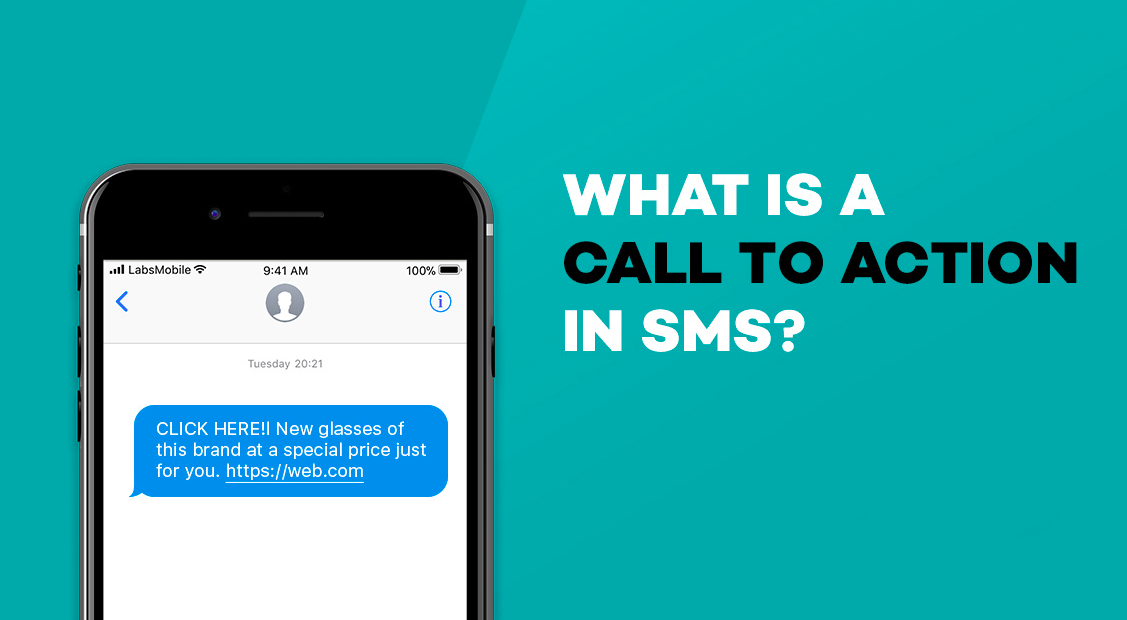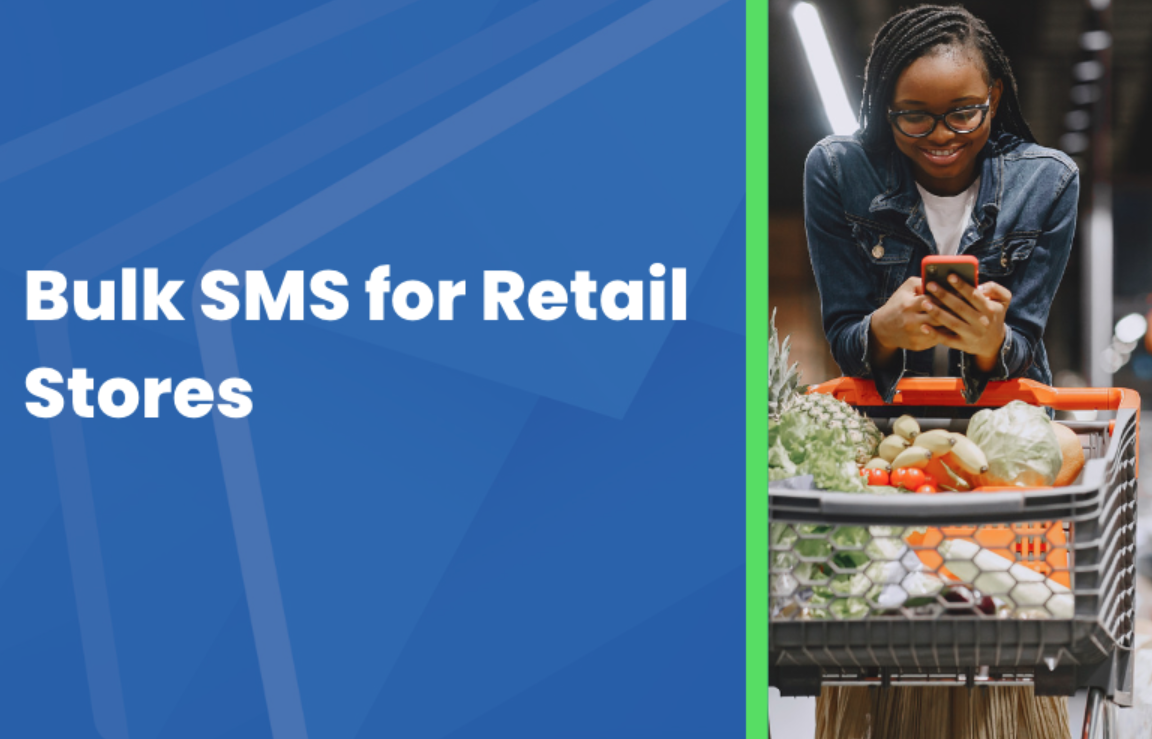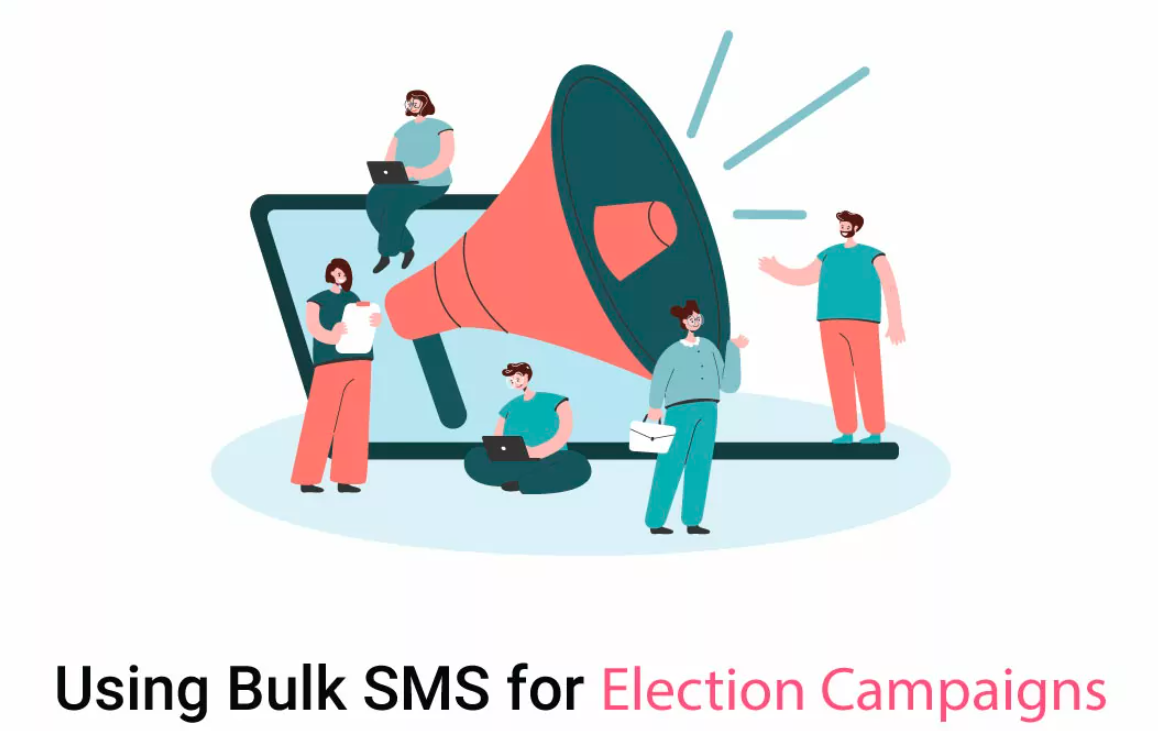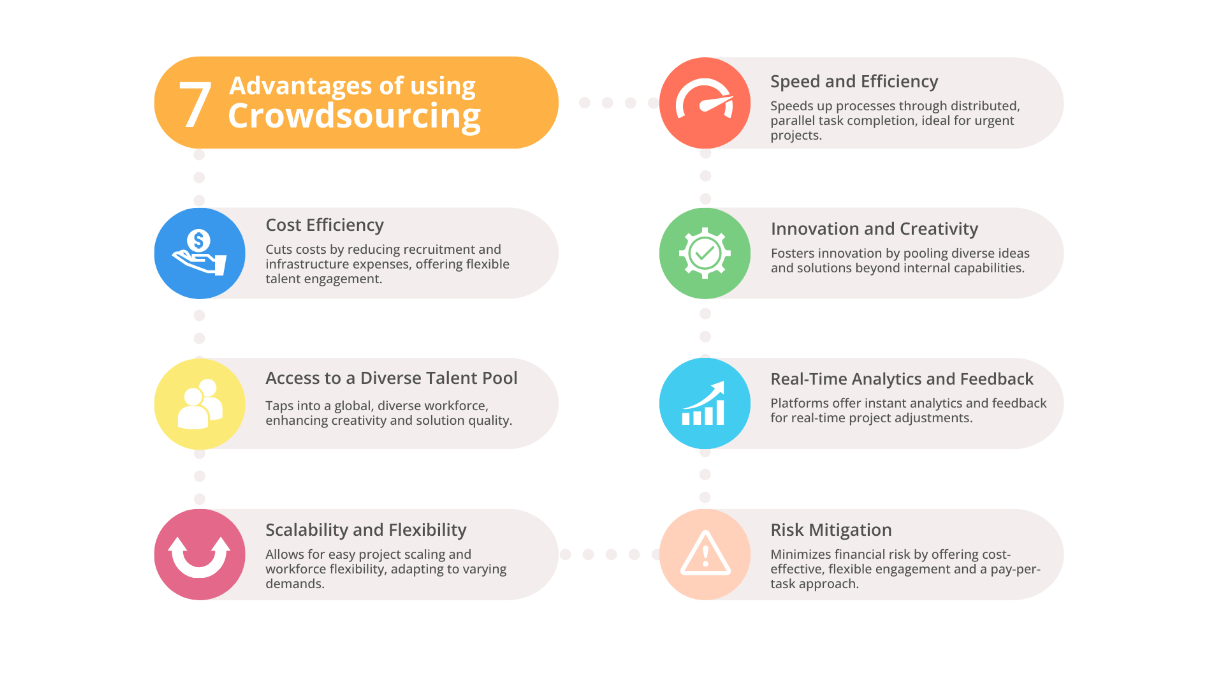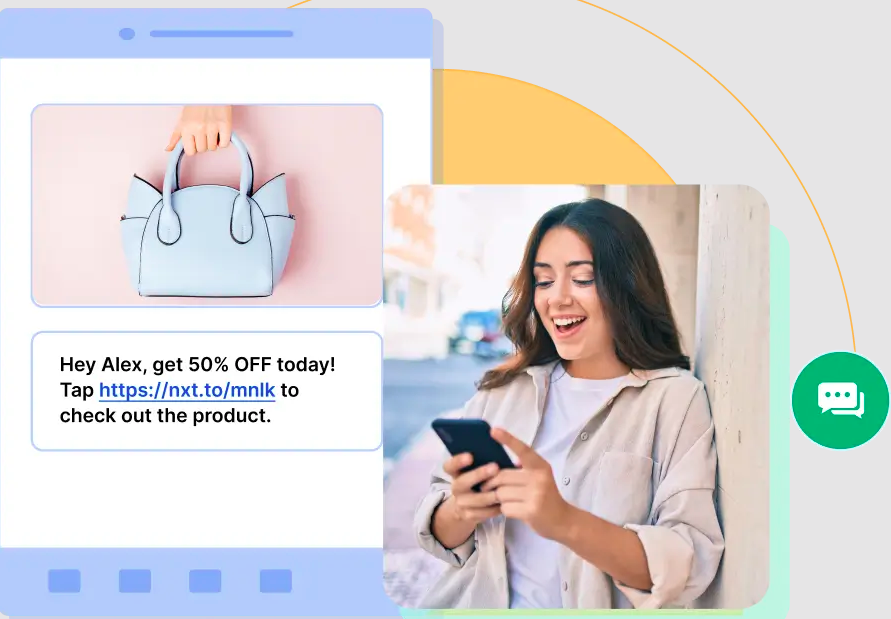In today’s rapidly evolving healthcare landscape, digital communication has become integral to improving patient care and operational efficiency. Among the various tools available, Bulk SMS (Short Message Service) stands out as a powerful means of reaching patients quickly and effectively. This article explores the diverse applications of Bulk SMS within healthcare settings, its benefits, implementation best practices, and real-world case studies demonstrating its impact.

Understanding Bulk SMS
Bulk SMS is a powerful tool in healthcare, facilitating the simultaneous delivery of messages to a large audience of mobile phone users. Unlike traditional SMS, which targets individuals, bulk SMS allows healthcare providers to efficiently communicate with patients, staff, and stakeholders. This capability is particularly valuable in healthcare settings where timely information can impact patient care, treatment adherence, and operational efficiency.
One of the primary advantages of bulk SMS in healthcare is its ability to disseminate critical information quickly and efficiently. For instance, healthcare providers can send reminders for medication schedules, upcoming appointments, or preventive screenings to patients, ensuring they stay informed and engaged in their healthcare journey. This proactive approach not only improves patient adherence but also reduces missed appointments and enhances overall patient satisfaction.
Bulk SMS is instrumental in emergency notifications and public health alerts. Healthcare organizations can swiftly communicate important updates such as disease outbreaks, vaccination campaigns, or changes in healthcare policies to a wide audience, ensuring timely response and compliance.
Bulk SMS streamlines communication between healthcare providers and staff. It can be used to coordinate shifts, notify personnel about policy updates or training sessions, and disseminate internal announcements efficiently. This reduces reliance on traditional communication methods like phone calls or emails, saving time and ensuring messages are received promptly.
In terms of patient engagement and education, bulk SMS can deliver educational content, wellness tips, or reminders about health screenings, fostering a proactive approach to healthcare management among patients. By providing timely and relevant information, healthcare providers can empower patients to take control of their health and make informed decisions.
It’s crucial for healthcare providers to adhere to privacy regulations such as HIPAA in the United States or GDPR in Europe when using bulk SMS. Ensuring patient consent, protecting sensitive information, and providing clear opt-out options are essential practices to build and maintain patient trust.
Bulk SMS is a valuable tool in the healthcare industry, enhancing communication efficiency, patient engagement, and operational effectiveness. By leveraging this technology responsibly, healthcare providers can improve patient outcomes, streamline administrative processes, and deliver better overall care.
Benefits of Using Bulk SMS in Healthcare
The adoption of Bulk SMS in healthcare offers several compelling benefits:
- Enhanced Patient Engagement: By delivering personalized messages directly to patients’ mobile devices, healthcare providers can significantly enhance patient engagement and care coordination. Personalized SMS can include appointment reminders, follow-up instructions after visits or procedures, and educational materials tailored to specific health needs.
This proactive approach helps patients stay informed about their healthcare journey, improving medication adherence, reducing missed appointments, and promoting overall wellness. By leveraging mobile technology, healthcare providers can foster a stronger patient-provider relationship, ensuring that patients receive timely and relevant information that empowers them to make informed decisions about their health. This personalized communication also contributes to more efficient healthcare delivery and better patient outcomes. - Improved Medication Adherence: Non-adherence to medication regimens poses a significant challenge in healthcare, impacting patient outcomes and healthcare costs. Bulk SMS offers a practical solution by enabling healthcare providers to send timely reminders for medication schedules, dosage instructions, and refill alerts directly to patients’ mobile devices.
By leveraging this technology, healthcare providers can reduce the likelihood of missed doses, improve medication adherence rates, and ultimately enhance patient health outcomes. This proactive approach helps patients stay on track with their treatment plans, leading to better management of chronic conditions and reducing the risk of complications. Additionally, bulk SMS allows for personalized communication tailored to individual medication needs, fostering patient engagement and empowering patients to take an active role in managing their health. - Operational Efficiency: Automating routine communication tasks, such as appointment scheduling and reminders, through technologies like bulk SMS, significantly reduces administrative burden in healthcare settings. By automating these processes, healthcare providers can optimize clinic workflows, allocate resources more efficiently, and improve overall operational efficiency. Patients benefit from timely appointment reminders and streamlined scheduling, which not only reduces missed appointments but also enhances their overall experience and satisfaction with the healthcare provider.
This efficiency allows healthcare staff to focus more on patient care rather than administrative tasks, ultimately leading to improved patient outcomes and better quality of care. Overall, leveraging automated communication technologies in healthcare not only enhances operational efficiency but also contributes to a more positive patient-provider relationship and better healthcare delivery. - Health Campaigns and Alerts: During public health emergencies or disease outbreaks, Bulk SMS emerges as a crucial tool for rapidly disseminating urgent alerts, safety protocols, and preventive measures to a large population. Its effectiveness lies in its ability to reach individuals swiftly, regardless of their location, providing real-time information that can be critical for public safety. By leveraging Bulk SMS, authorities can ensure that vital updates on evolving situations, such as outbreak containment measures or vaccination drives, reach a broad audience promptly.
This immediate communication helps mitigate misinformation, encourages adherence to health guidelines, and fosters community-wide cooperation in combating the spread of diseases. Moreover, Bulk SMS allows for personalized messaging at scale, ensuring that recipients receive relevant information tailored to their geographical or demographic context, thereby enhancing overall public health response and preparedness during crises.
Applications of Bulk SMS in Healthcare
Appointment Reminders and Scheduling: One of the primary uses of Bulk SMS in healthcare is sending appointment reminders to patients. Studies have shown that SMS reminders significantly reduce the rate of no-shows, which can lead to improved resource utilization and revenue generation for healthcare facilities. By integrating Bulk SMS with appointment scheduling systems, providers can automate reminder messages based on scheduled appointments, ensuring that patients arrive prepared and on time.
Medication Adherence: Ensuring patient adherence to prescribed medication regimens is crucial for managing chronic conditions and preventing complications. Bulk SMS can play a pivotal role in improving medication adherence by sending reminders to patients at specified times, reinforcing the importance of adhering to prescribed treatments. Healthcare providers can customize messages to include dosage instructions, potential side effects, and links to educational resources, empowering patients to take an active role in managing their health.
For instance, a study conducted at [Healthcare Provider X] demonstrated a 20% increase in medication adherence among diabetic patients receiving personalized SMS reminders compared to those receiving standard care alone. Such findings underscore the effectiveness of Bulk SMS in driving positive health behaviors and patient outcomes.
Health Campaigns and Public Health Alerts: In addition to individual patient care, Bulk SMS enables healthcare organizations to engage in broader health promotion initiatives and crisis management. During flu season, for example, healthcare providers can use Bulk SMS to encourage vaccination uptake among eligible populations, disseminate information about vaccine availability, and provide updates on local outbreaks.
Similarly, during public health emergencies such as natural disasters or disease outbreaks, Bulk SMS serves as a critical communication channel for delivering timely alerts, safety guidelines, and evacuation instructions to affected communities. The immediacy and ubiquity of SMS messaging ensure that vital information reaches recipients promptly, helping to mitigate risks and coordinate emergency response efforts effectively.
Best Practices for Implementing Bulk SMS
Successful implementation of Bulk SMS in healthcare requires adherence to best practices to maximize effectiveness and compliance with regulatory standards:
- Targeting and Segmentation: Tailor SMS messages based on patient demographics, medical history, and communication preferences to ensure relevance and engagement. Segmenting patient populations allows providers to deliver personalized messages that resonate with recipients, thereby enhancing the likelihood of desired health behaviors.
- Timing and Frequency: Timing plays a crucial role in the success of SMS campaigns. Schedule messages at times when patients are most likely to engage with their mobile devices, such as early morning or early evening. Moreover, avoid excessive messaging to prevent recipient fatigue and maintain the integrity of the communication channel.
- Content and Language: Craft clear, concise, and actionable messages that convey essential information without overwhelming recipients. Use plain language and avoid medical jargon to ensure message comprehension among diverse patient demographics. Include specific instructions, contact information, and opt-out mechanisms to empower patients to manage their preferences and privacy.
Technology and Integration
Integrating Bulk SMS with existing healthcare systems, such as Electronic Medical Records (EMR) and Customer Relationship Management (CRM) platforms, enhances operational efficiency and data accuracy. By automating message delivery based on patient data stored in EMRs, providers can streamline communication workflows and maintain continuity of care across clinical encounters. Furthermore, selecting a reputable Bulk SMS service provider ensures compliance with data protection regulations, such as the Health Insurance Portability and Accountability Act (HIPAA) in the United States and the General Data Protection Regulation (GDPR) in the European Union.
Challenges and Considerations
Despite its numerous benefits, integrating Bulk SMS into healthcare practices presents challenges that require careful consideration:
- Patient Privacy: Safeguarding patient information and complying with data privacy regulations are critical priorities when integrating Bulk SMS into healthcare practices. Providers must obtain explicit consent from patients before initiating SMS communication, ensuring transparency and respect for patient preferences. Implementing robust protocols for data encryption and secure message transmission is essential to protect sensitive health information from unauthorized access or breaches.
By adhering strictly to these measures, healthcare organizations can uphold patient confidentiality, build trust, and mitigate risks associated with data security breaches, thereby fostering a secure environment for digital communication in healthcare. - Technological Barriers: Healthcare organizations must prioritize thorough testing and optimization of SMS messaging due to variations in mobile network coverage and device compatibility. Ensuring reliable delivery and accessibility across diverse patient populations is crucial. By conducting rigorous testing, healthcare providers can mitigate potential issues, enhancing the effectiveness of communication strategies. This approach fosters improved patient engagement and adherence to medication schedules, crucial for optimizing healthcare outcomes and patient satisfaction.
- Regulatory Compliance: Healthcare providers face the challenge of navigating complex regulatory frameworks like HIPAA in the United States and GDPR in the European Union when using patient data for SMS communications. It’s essential to implement rigorous data management practices and collaborate closely with legal experts. By doing so, providers can mitigate compliance risks, uphold patient confidentiality, and maintain trust. This approach not only ensures lawful use of patient data but also strengthens communication strategies aimed at improving healthcare delivery and patient outcomes.
Conclusion
Bulk SMS represents a powerful tool within healthcare settings, offering significant potential to enhance patient engagement, improve medication adherence, and facilitate proactive communication between healthcare providers and patients. Leveraging the immediacy and ubiquity of SMS messaging, healthcare providers can deliver timely reminders for medication schedules, appointments, and health screenings. This proactive approach not only reinforces health behaviors but also empowers patients to take an active role in managing their health.
Incorporating Bulk SMS into healthcare practices fosters stronger patient-provider relationships by promoting transparent and continuous communication. Patients appreciate the convenience of receiving personalized health information directly on their mobile devices, which contributes to improved satisfaction and trust in healthcare services. Moreover, by delivering relevant health education and preventive care tips via SMS, providers can empower patients with knowledge to make informed decisions about their well-being.
As digital technologies evolve, the integration of Bulk SMS into healthcare strategies promises further innovation. Automated SMS systems can streamline administrative tasks, such as appointment scheduling and prescription reminders, freeing up healthcare staff to focus more on patient care. Additionally, the scalability of Bulk SMS allows healthcare organizations to reach a large number of patients simultaneously, making it an efficient tool for disseminating critical information during public health emergencies or outreach campaigns.
Ensuring best practices and regulatory compliance is essential to maximize the benefits of Bulk SMS in healthcare. Adhering to privacy regulations, such as HIPAA in the United States, safeguards patient information and builds trust. Clear opt-out options and consent mechanisms uphold patient autonomy and respect preferences regarding communication methods.
The strategic use of Bulk SMS enhances healthcare delivery by promoting patient adherence to treatment plans, improving health outcomes, and optimizing operational efficiency. By embracing this technology responsibly, healthcare providers can continue to innovate and deliver patient-centered care in increasingly dynamic healthcare environments.
Future Trends and Recommendations
Looking ahead, the future of Bulk SMS in healthcare holds promising opportunities for innovation and integration with emerging technologies, particularly artificial intelligence (AI) and telemedicine. By harnessing advanced data analytics and predictive modeling, healthcare providers can enhance the personalization of SMS communications. AI-driven algorithms can analyze patient data to tailor messages that are not only timely but also highly relevant to individual health needs and preferences. This approach not only improves patient engagement but also boosts adherence to treatment plans and preventive care measures.
The expansion of mobile health applications and interactive SMS services will empower patients to play a more active role in their healthcare management. These platforms can facilitate two-way communication, allowing patients to ask questions, receive immediate responses, and access personalized health information conveniently via SMS. For instance, interactive SMS systems can provide medication reminders, wellness tips, and even symptom monitoring surveys, enabling patients to monitor their health status and report concerns to healthcare providers promptly.
Telemedicine platforms can also benefit from Bulk SMS integration by using SMS alerts to notify patients about upcoming virtual appointments, share secure links for video consultations, and provide post-visit instructions or follow-up reminders. This seamless communication flow helps reduce appointment no-shows and enhances continuity of care, particularly for chronic disease management and remote patient monitoring.
As healthcare continues to emphasize patient-centered care and proactive health management, Bulk SMS will play a pivotal role in fostering ongoing patient engagement. By delivering personalized health education materials, encouraging lifestyle modifications, and promoting preventive health screenings via SMS, healthcare providers can support patients in making informed decisions about their well-being.
The future of Bulk SMS in healthcare is bright with opportunities to leverage AI, telemedicine, and mobile health applications. These advancements will not only improve communication efficiency between providers and patients but also empower individuals to take charge of their health through accessible, personalized, and timely SMS interactions. As technology continues to evolve, integrating these innovations responsibly will be crucial in maximizing the benefits of Bulk SMS for enhancing healthcare delivery and patient outcomes.
Call to Action
Healthcare providers and organizations are increasingly recognizing the potential of Bulk SMS as a strategic tool for advancing patient engagement, promoting preventive care, and optimizing clinical workflows. Embracing digital communication solutions such as Bulk SMS allows healthcare stakeholders to foster a culture of innovation, responsiveness, and patient-centricity within an interconnected healthcare ecosystem.
By leveraging Bulk SMS, healthcare providers can deliver timely reminders for appointments, medication adherence, and preventive screenings directly to patients’ mobile devices. This proactive approach not only improves patient compliance but also strengthens the patient-provider relationship by enhancing communication and trust. Moreover, Bulk SMS enables personalized communication tailored to individual patient needs and preferences, thereby promoting more effective health management and better health outcomes.
In addition to improving patient engagement, Bulk SMS can optimize clinical workflows by streamlining administrative tasks such as appointment scheduling, prescription refills, and test result notifications. This efficiency allows healthcare staff to focus more on delivering quality care and addressing patient needs promptly.
Bulk SMS catalyzes transforming healthcare delivery by facilitating real-time communication during emergencies, disseminating public health alerts, and supporting remote patient monitoring initiatives. The scalability and immediacy of SMS messaging make it an invaluable tool in managing population health and promoting community wellness.
In conclusion, Bulk SMS represents more than just a communication tool in healthcare—it embodies a transformative force that enhances patient outcomes through proactive engagement and personalized care delivery. By embracing these digital solutions responsibly and in compliance with regulatory standards, healthcare organizations can drive positive changes in patient care, operational efficiency, and overall healthcare quality.

